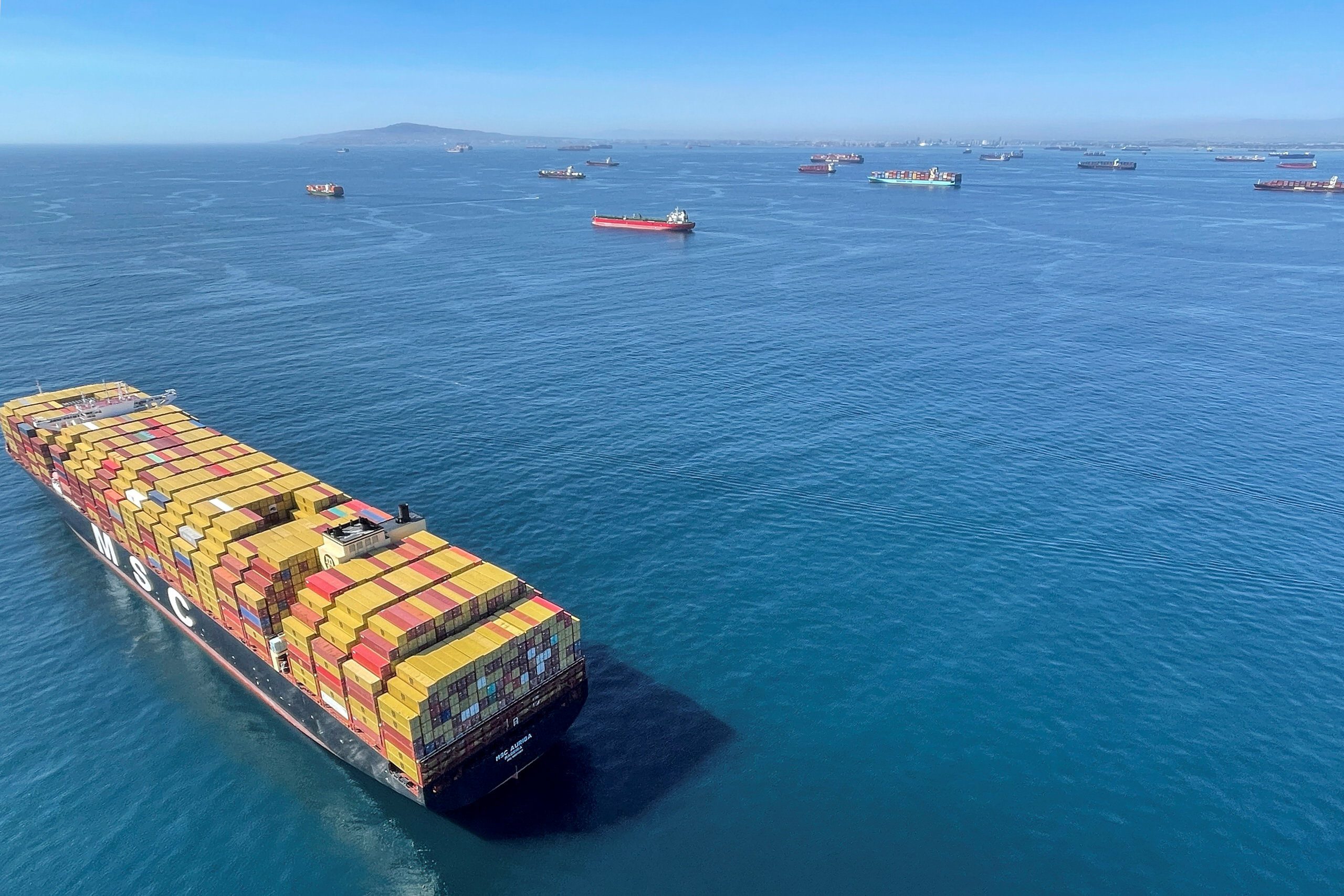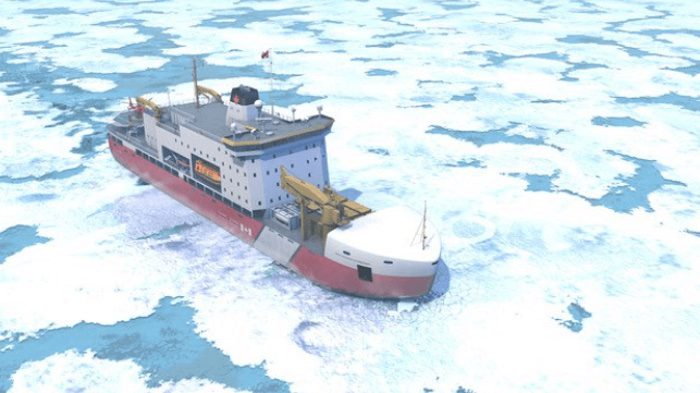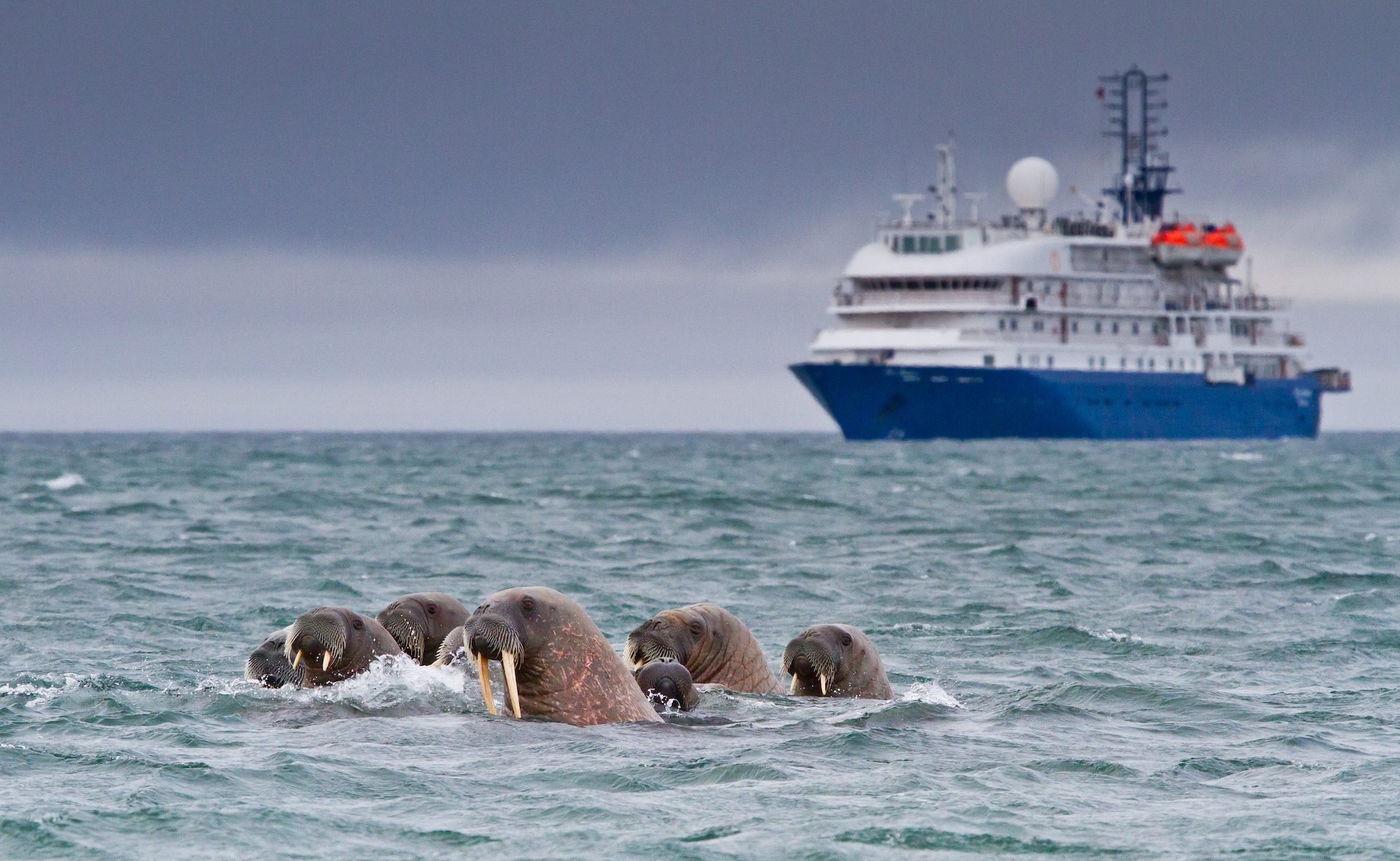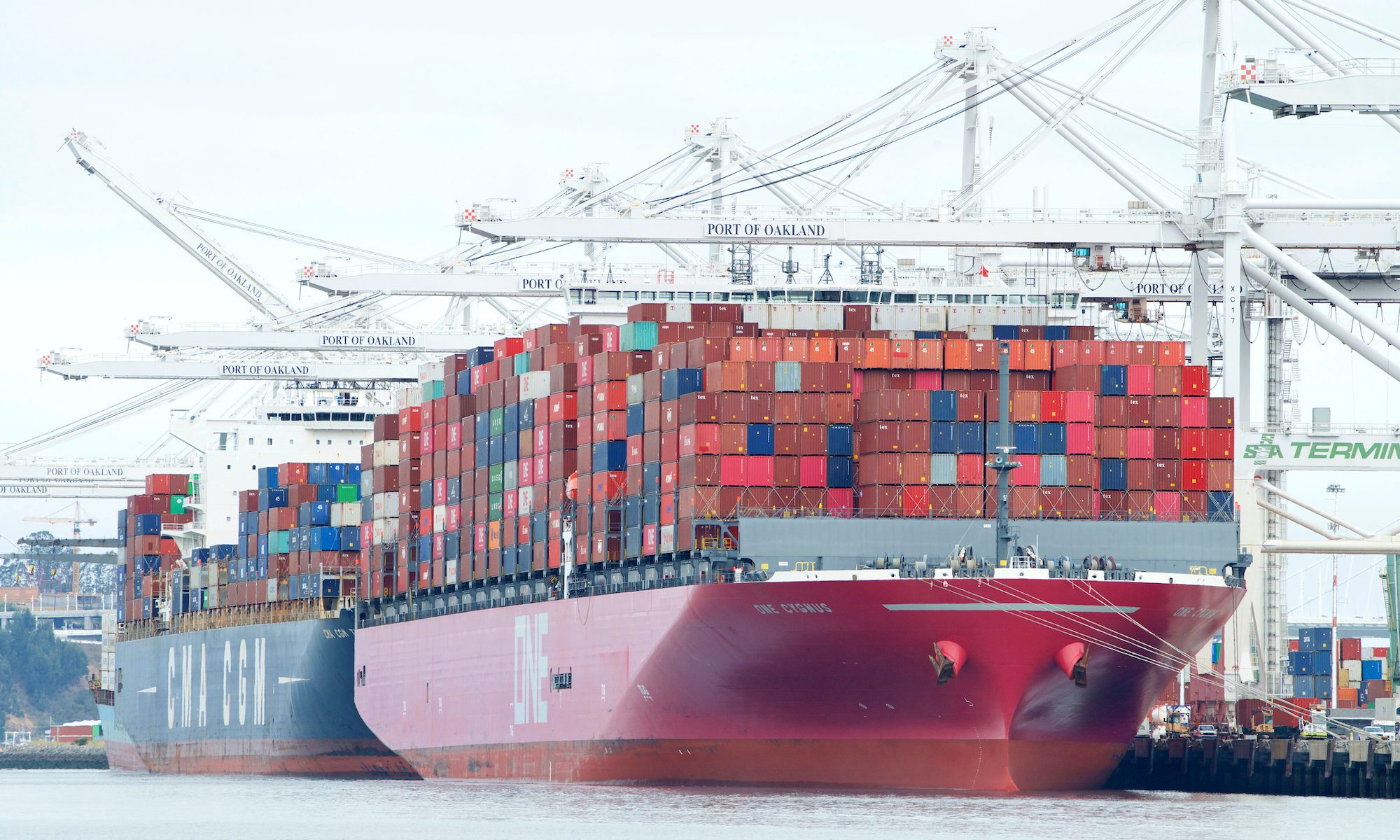by Salvatore R. Mercogliano, Ph.D. – Last week the White House released their second statement on the current supply-chain crisis. The initial blog utilized several metrics, or periscopes, to measure their progress. The first was to document the ships at anchor off Los Angeles and Long Beach. Next, they examined the cumulative import volume coming in through those ports, since they represent the largest single point of entry for US container imports, approximately 35 to 40 percent. Finally, they accessed the IRI Supply Index to determine the availability of goods in stores. The latest report, released on November 17, notes their “recent progress.”
The White House cited 849,000 TEUs imported for the ports of Los Angeles and Long Beach in October, for a total of 8.6 million in 2021. This marked a 16 percent increase over 2018, which they noted as the previous record with 7.3 million boxes. Left out of their analysis was that nearly the same number of containers were moved by the ports in October of 2018 and even more, 909,000, were handled by them just last October. The fact that the southern California ports are handling the same number of containers as three years ago, and less than last year, is a significant indicator of impact on the supply-chain.
The report goes on to highlight the reduction of containers sitting on the docks for more than 9 days by about one-third over the first two weeks of November. The threat of a Hyper-Demurrage fee of $100, escalating daily for all containers sitting over six days destined for rail and nine days for trucks, as the primary cause for the reduction. The combined dwell reports for the ports indicate a drop by about one-third. Once again, what is not noted is that in both ports (Los Angeles and Long Beach), they initially witnessed a decrease, then a spike back up in the second week, and then a fall in the third week.
This coincided with a plan to relocate the ships off the ports to holding areas 150 nautical miles out to sea. The stated reason was to reduce emissions impacting the region. However, it should be noted that many vessels are now holding position 350 miles off the coast and these ships are no longer being reported as waiting for berths. The ships out at sea are not showing up on the reports of the ports or the Marine Exchange of Southern California. The total number of containers moving through the ports – while there is a record number of ships waiting to offload – has slowed from last year and the number of imported containers on the ground continue to remain an issue. With these conditions, the ports decided to hold off on imposing hyper-demurrage until November 22.
The White House did attribute the reduction to the new “congestion fee” imposed on the ocean carriers. This acknowledgement is in direct contradiction to the Federal Maritime Commission efforts to investigate and prevent the imposition of excessive demurrage fees under Fact Finding 29 started in March 2020.
Matt Schrap, CEO of the Harbor Trucking Association noted, “Empties are the issue here.” In a joint press conference with Secretary of Transportation Peter Buttigieg, Executive Director Gene Seroka stated that about 20,000 TEUs were being cleared by sweeper vessels from the port. This is just a fraction of the 4.3 million exported containers this calendar year. There has been no discussion by the ports or the White House concerning the mandating of the ocean carriers and terminals to require ships departing the ports to be fully loaded. The port’s Hyper-Demurrage, which is having a questionable impact on the removal of loaded import containers, is not being applied to the empties that are clogging the ports and are the direct responsibility of the carriers and terminals.
Besides ships at anchor and cargo offloaded, the administration continued to cite the data from the IRI showing that the share of consumer-packaged goods that are in stock was 90% last week. This represented just a one percent difference than the same time pre-pandemic. What is omitted is that several other indexes are not as complementary. The demand index is showing a level of 104% and the E-commerce demand of 108, although well down from its high of 176 at the end of 2020. Perhaps the most significant is that inflation is showing steady at nearly 107%.
While the metrics used in the latest White House report can be questioned, their view toward the ocean carriers and the role of the Federal Maritime Commission is less ambiguous. They noted, “Today a system of global alliances dominates global shipping where nine carriers that have been organized into three alliances control about 80 percent of the global shipping market and 95 percent on the critical East-West trade lanes.”
These three alliances, 2M (Maersk and Mediterranean Shipping), Ocean Alliance (COSCO, CMA CGM and Evergreen), and The Alliance (Hapag-Lloyd, ONE, Yang Ming, and HMM) were the subject of a Department of Justice investigation in 2017 that lasted for two years. The DOJ did not comment on why the case was dropped in 2019. It appears that the Biden Administration is giving the go ahead for the Federal Maritime Commission to “challenge these agreements if they ‘produce an unreasonable reduction in transportation service or an unreasonable increase in transportation cost.’” The imposition of congestion and surcharge fees most assuredly fall in the latter category.
With container lines (CMA CGM, Hapag-Lloyd, HMM, Maersk and COSCO) recording wind fall profits into the third quarter, it appears that it will be up to the chairman of the FMC, Daniel Maffei to lead a more assertive commission. It may also be time for the Senate Commerce Committee to schedule a hearing for the recently appointed, but largely absent, nominee for the Maritime Administration. Ann Phillips was nominated on October 21, but no hearing has been scheduled. It is not like there is any pressing matters that a fully confirmed head of the nation’s Maritime Administration could be dealing with at this time.
The situation going forward is far from resolved. With record number of ships off the ports of Los Angeles, Long Beach, Houston and Savannah, the prospect for clearing ships will go into the new year. When the traditional slowdown does occur, in conjunction with the Chinese New Year on February 1, 2022, there may be a brief pause in the flow of goods from Asia. However, with many ocean carriers taking advantage of the high rates and increase tonnage of goods, ships have arrived and are sailing to the United States without confirmed discharge berths.
The spring of 2022 may be the opportunity to clear these vessels, but with the ILWU contract due to expire on July 1, 2022, many shippers will be front loading shipments if an agreement is not reached in advance, or the specter of a West Coast longshoreman strike is on the horizon. The danger remains that the current maritime supply-chain issues could remain well into 2022 and past that holiday season into 2023.
Unlock Exclusive Insights Today!
Join the gCaptain Club for curated content, insider opinions, and vibrant community discussions.

 Join The Club
Join The Club













